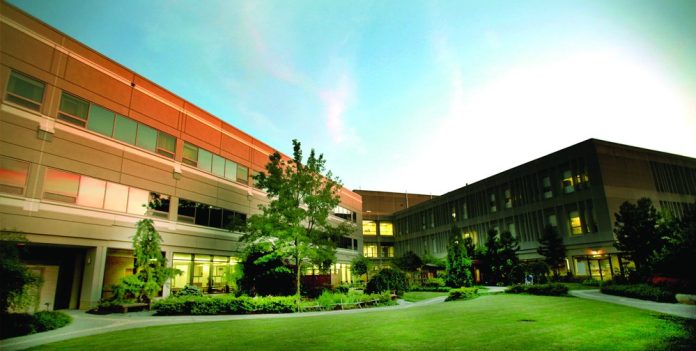St. Mary Medical Center is the first in Bucks County to offer the BEAR Implant for treatment of anterior cruciate ligament (ACL) tears, one of the most common knee injuries in the U.S. The BEAR Implant is the first medical advancement to enable the body to heal its own torn ACL. This new approach is a paradigm shift from the current standard of care — reconstruction that replaces the ACL with a graft — and is the first innovation in ACL tear treatment in more than 30 years.
Every year, approximately 400,000 ACL injuries occur in the U.S. A torn ACL does not heal without treatment, resulting in ACL reconstruction being one of the most common orthopedic procedures in the U.S. Yet the procedure has drawbacks: some procedures require two separate incisions, and some people who undergo reconstruction are unable to return to the same level of daily activities or sports.
“There are a number of advantages to restoring a ligament instead of replacing it,” said Dinesh Dhanaraj, MD, MSPH, a surgeon with St. Mary Orthopedics at St. Mary Medical Center. “The BEAR Implant is an exciting medical technology and the first to clinically demonstrate that, for candidates of the procedure, it enables healing of the patient’s torn ACL while maintaining the natural knee anatomy.”
During an ACL reconstruction, the surgeon completely removes the remaining torn ACL and reconstructs it with either a tendon from the patient’s own leg (called an autograft) or a deceased donor (called an allograft). As with any surgery, ACL reconstruction has certain risks. About half of people who receive patellar tendon grafts experience pain while kneeling, and those who receive hamstring grafts have persistent weakness — as much as a 50 percent deficit at two years after surgery.
“Encouraging clinical studies of the BEAR Implant have shown faster recovery of muscle strength and higher patient satisfaction with regard to readiness to return to sport than traditional ACL reconstruction, which is the standard of care today,” said Dhanaraj.
Unlike reconstruction, the BEAR Implant does not require a second surgical wound site to remove a healthy tendon from another part of the leg or the use of a donor tendon. The BEAR Implant acts as a bridge to help ends of the torn ACL heal together. The surgeon injects a small amount of the patient’s own blood into the implant and inserts it between the torn ends of the ACL in a minimally invasive procedure. The combination of the BEAR Implant and the patient’s blood enables the body to heal the torn ends of the ACL back together while maintaining the ACL’s original attachments to the femur and tibia. As the ACL heals, the BEAR Implant is resorbed by the body, within approximately eight weeks.
Visit trinityhealthma.org/find-a-service-or-specialty/orthopedics/st-mary-orthopedic-care/ for more information.


